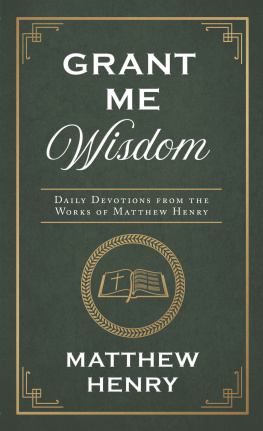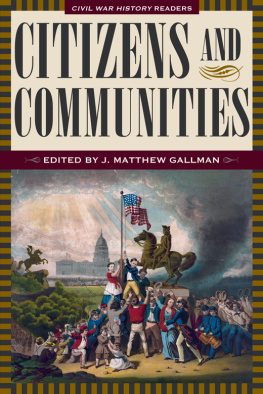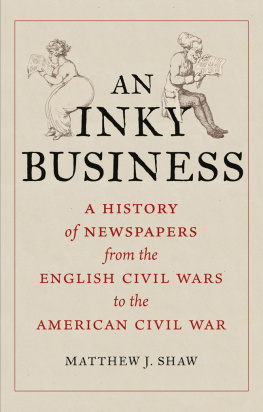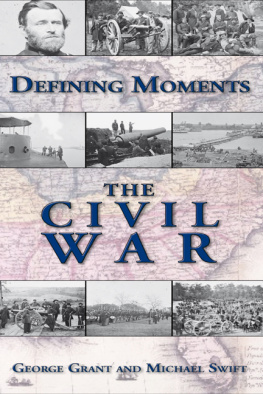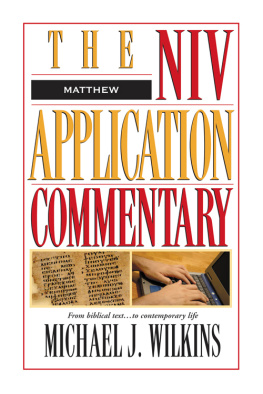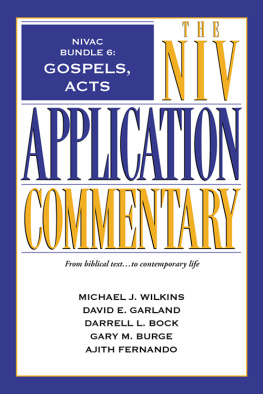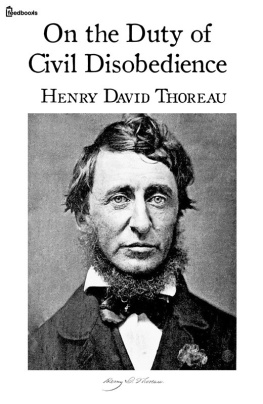2015 The University of North Carolina Press
All rights reserved
Manufactured in the United States of America
Set in Miller by Tseng Information Systems, Inc.
The paper in this book meets the guidelines for permanence and durability of the Committee on Production Guidelines for Book Longevity of the Council on Library Resources. The University of North Carolina Press has been a member of the Green Press Initiative since 2003.
Cover illustrations: A Fancy Soldier (Courtesy of the Library Company of Philadelphia) and The Draft by T. F. G. Miller (Courtesy of the Henry E. Huntington Library, San Marino, Calif.)
Library of Congress Cataloging-in-Publication Data
Gallman, J. Matthew (James Matthew)
Defining duty in the Civil War : personal choice, popular culture,
and the Union home front / J. Matthew Gallman.
pages cm. (Civil War America)
Includes bibliographical references and index.
ISBN 978-1-4696-2099-2 (cloth : alk. paper) ISBN 978-1-4696-2100-5 (ebook)
1. United StatesHistoryCivil War, 18611865Social aspects. 2. National characteristics, AmericanHistory19th century. 3. NationalismUnited StatesHistory19th century. 4. PatriotismUnited StatesHistory19th century. 5. Northeastern StatesSocial conditions19th century. 6. Political cultureUnited StatesHistory19th century. 7. Political cultureNortheastern StatesHistory19th century. 8. Duty. 9. Duty. I. Title.
E468.9.G36 2015
973.71dc23
2014047576
Contents
PART I.
ON FOOLS, HYPOCRITES, AND SCOUNDRELS
The Fools, Swells, and Jesters of the Civil War
Shoulder Straps and Faux Soldiers
A Shoddy Aristocracy
PART II.
ON DUTY, COWARDICE, AND CITIZENSHIP
Sacrifice and Citizenship
Federal Conscription and Individual Obligations
Good Wives and Selfless Volunteers
African Americans and Citizenship in Wartime
Patriotism and Choice
Defining Duty in the Civil War
Introduction
Only Bread and the Newspaper We Must Have
In early 1863 Philadelphian Charles Janeway Still published a pamphlet titled How a Free People Conduct a Long War.
Still, a prominent lawyer and member of the United States Sanitary Commission, drew on the historic example set by the British during the Napoleonic Wars to explain how free people of goodwill should respond to a long war. In essence, he called on his readers to stick with the war even though things seemed difficult. In times of adversity a free people must endure hardships to achieve worthy goals. This message struck a nerve among prowar northerners. Stills pamphlet went through multiple printings and sold as many as a half million copies.
________________
Let me begin with three large observations about the North during the Civil War. The first is that northerners, even prowar northerners, were not
My contention is that these widely recognized lines of political difference still leave us with a vast body of undifferentiated northerners who remained fundamentally in favor of the Union war effort and certainly never embraced Copperheadism. At one end of the spectrum were the very passionate prowar patriots. They enlisted at the first opportunity, spoke at recruiting rallies, ran voluntary societies, preached patriotic sermons, volunteered as nurses, attended meetings, wore ribbons, and in many cases became almost obsessed with acquiring the latest news from the front. Others were less demonstrative, and perhaps more ambivalent about the war. Some of these might have been unhappy with the Lincoln administration for specific measures. Many had no enthusiasm for emancipation, even if they accepted the Emancipation Proclamation as a wise war measure. Most probably grumbled at one time or another about one thing or another. When the elections of 1863 and 1864 rolled around, some of the men in this group might have voted for Democratic candidates in state and national elections, even while they continued to support the war. But whatever their differences in belief and behavior, these prowar northernersmale or female, white or black, native-born or immigrantshared a common characteristic: they wanted the Union to win the Civil War. If you stopped them on the street or engaged them in conversation in their shop or office, they would agree that they hoped for Union victory. And, perhaps as emphatically, they wanted to see the Confederacy defeated.
There is no need to belabor the point. The Civil War presented Americans with a conflict of unparalleled size. At all levels of society, individuals and institutions were asked to raise, outfit, and organize armies of unheard-of scale, while civilians encountered massive personal challenges in coming to terms with the conflict even if they never confronted an invading army. Yet despite its magnitude, the Civil War presented prowar northerners with no obviously recognized roadmap dictating how they should behave. Although circumstances certainly forced many northerners into action, most northern civilians faced complicated choices, not unambiguous mandates. My goal is to consider how northerners came to understand what was expected of them in this national crisis. I wish to uncover how ordinary people knew how to exhibit their patriotism if they were not going to make major personal sacrifices. And how did their neighbors decide whom to respect and whom to spurn? This public conversation offered yardsticks to measure appropriate wartime behavior. The answers to these questions were hardly obvious in April 1861.
This leads to my final observation. When faced with a war of unprecedented scope, unknown duration, and unclear expectations, northerners turned to their larger community for guidance. Much of this guidance came from a mass outpouring of popular publications. As we shall see, some of this flood of advice was, like Stills popular pamphlet, explicitly didactic. Other cultural messages came from popular fiction, biting satire, political cartoons, and all manner of printed material. My goal is to unravel what northerners found when they consumed the wealth of printed materials produced during the war.
________________
When we study the United States during the Civil War era, it is commonplace to see the antebellum decades as shaped by crucial debates over expansion and the future of slavery, and the chain of events that led to secession and war. But these distinctly partisan and sectional political developments amounted to only one strand in the complex narrative that shaped the first half of the nineteenth century. The main lines of that broader history are familiar. In brief, during the decades between 1800 and 1860 the population of the northern states grew at a spectacular pace, fueled by an impressive natural population increase
In myriad ways the decades of the mid-nineteenth century introduced Americans to unfamiliar challenges and circumstances. Many moved into new environments, with unique obstacles and expectations. Others, particularly those who shared in the emergence of a vast middle class, saw shifts in cultural expectations that accompanied changes in status. Even those who remained firmly rooted in the agrarian communities of their forebearers found that changes in markets, technology, and communication all produced new dimensions to familiar experiences. And as they moved into new settings, Americans faced a plethora of unfamiliar decisions, both large and small, as they struggled to acquire and maintain the elusive state of respectability in uncertain times. Although their experiences were remarkably diverse, one response to these waves of newness seemed almost universal: Americans turned to printed materials for advice on how to proceed.


